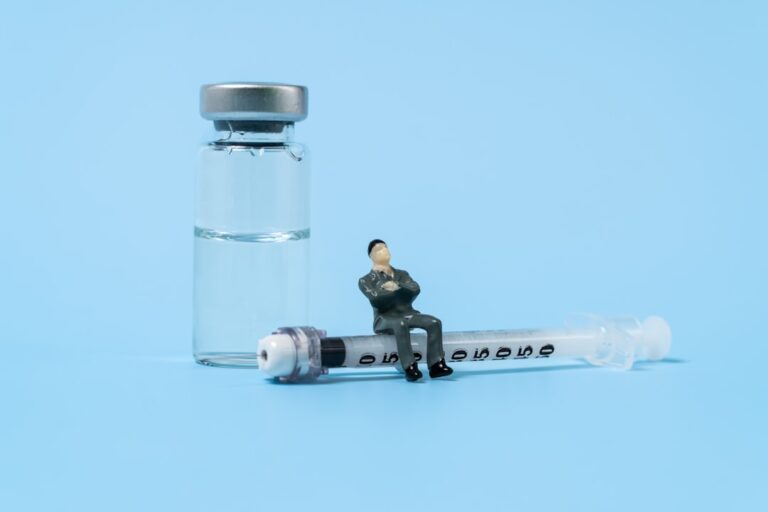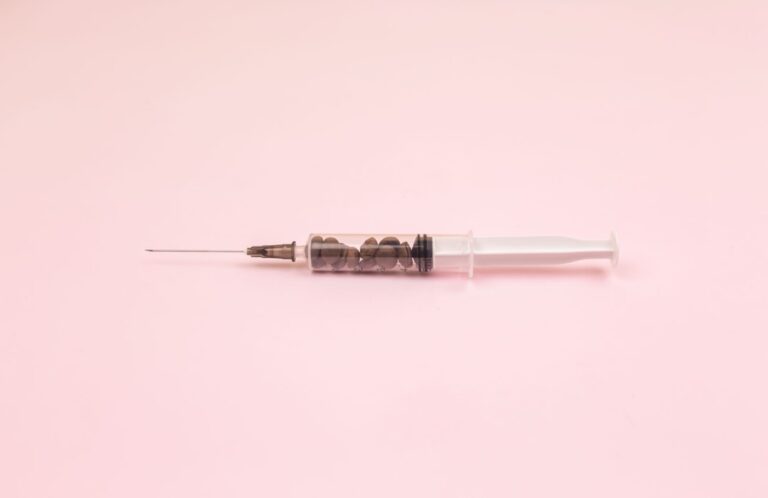Testosterone Replacement Therapy (TRT) has emerged as a significant medical intervention for men experiencing low testosterone levels, a condition known as hypogonadism. This therapy aims to restore testosterone levels to a normal range, thereby alleviating various symptoms associated with testosterone deficiency. The importance of testosterone in the male body cannot be overstated; it plays a crucial role in numerous physiological processes, including muscle mass maintenance, bone density, fat distribution, and even mood regulation.
As men age, testosterone levels naturally decline, often leading to a myriad of health issues that can affect quality of life. The advent of TRT has provided a viable solution for those suffering from the adverse effects of low testosterone. The therapy can take various forms, including injections, patches, gels, and pellets, each with its own method of delivery and absorption.
The decision to pursue TRT is often made after thorough evaluation and testing by healthcare professionals, who assess not only hormone levels but also the overall health and lifestyle of the individual. As awareness of TRT grows, so does the conversation surrounding its benefits and potential risks, making it essential for men to be informed about this treatment option.
Key Takeaways
- Testosterone Replacement Therapy (TRT) is a treatment for men with low testosterone levels, aimed at restoring hormone balance and improving overall health and well-being.
- Physical benefits of TRT include increased muscle mass, bone density, and energy levels, as well as improved exercise performance and recovery.
- TRT can also have mental and emotional benefits, such as improved mood, cognitive function, and motivation.
- TRT can improve sexual function and libido in men with low testosterone levels.
- Potential risks and side effects of TRT include acne, fluid retention, and an increased risk of blood clots and heart disease. It is important to discuss these risks with a healthcare provider before starting TRT.
Physical Benefits of Testosterone Replacement Therapy
One of the most notable advantages of Testosterone Replacement Therapy is its impact on physical health. Many men report significant improvements in muscle mass and strength following treatment. Testosterone is an anabolic hormone, meaning it promotes the growth of muscle tissue.
Studies have shown that men undergoing TRT can experience an increase in lean body mass and a decrease in fat mass, which can lead to improved physical performance and overall fitness levels. For instance, a study published in the Journal of Clinical Endocrinology & Metabolism found that men receiving TRT experienced a marked increase in muscle strength compared to those who did not receive treatment. In addition to muscle development, TRT has been linked to enhanced bone density.
Testosterone plays a vital role in bone health by stimulating bone mineralization and reducing the risk of osteoporosis. As men age and testosterone levels decline, they become more susceptible to fractures and bone-related diseases. Research indicates that men undergoing TRT can experience an increase in bone mineral density, thereby reducing the risk of fractures and promoting better skeletal health.
This is particularly important for older men who may already be at risk for osteoporosis due to age-related hormonal changes.
Mental and Emotional Benefits of Testosterone Replacement Therapy

Beyond the physical advantages, Testosterone Replacement Therapy also offers significant mental and emotional benefits. Many men with low testosterone levels report experiencing symptoms such as fatigue, depression, and irritability. These psychological effects can severely impact daily life and relationships.
By restoring testosterone levels to a normal range, TRT can help alleviate these symptoms, leading to improved mood and overall mental well-being. Research has shown that men undergoing TRT often experience enhanced cognitive function and improved mood stability. A study published in the Archives of General Psychiatry found that men with low testosterone levels who received treatment reported significant improvements in mood and cognitive performance compared to those who did not receive therapy.
This improvement can be attributed to testosterone’s role in neurotransmitter regulation and its influence on brain function. As a result, many men find that their motivation, energy levels, and overall outlook on life improve significantly after starting TRT.
Sexual Benefits of Testosterone Replacement Therapy
| Benefit | Explanation |
|---|---|
| Increased Libido | Testosterone replacement therapy can improve sex drive and sexual performance. |
| Improved Erectile Function | Men with low testosterone levels may experience improved erectile function with therapy. |
| Enhanced Sexual Satisfaction | Patients may report increased satisfaction and pleasure from sexual activity. |
| Reduced Sexual Dysfunction | Therapy can help reduce symptoms of sexual dysfunction such as low libido and erectile problems. |
One of the most commonly discussed benefits of Testosterone Replacement Therapy is its positive impact on sexual health. Low testosterone levels are often associated with decreased libido, erectile dysfunction, and reduced sexual satisfaction. For many men, these issues can lead to feelings of inadequacy and strain relationships with partners.
TRT has been shown to effectively address these concerns by restoring testosterone levels, which can enhance sexual desire and performance. Clinical studies have demonstrated that men undergoing TRT often experience an increase in libido and improved erectile function. For example, a study published in the Journal of Sexual Medicine found that men receiving testosterone therapy reported significant improvements in sexual desire and satisfaction compared to those who did not receive treatment.
Additionally, TRT can enhance overall sexual performance by improving blood flow and sensitivity, leading to more fulfilling sexual experiences. This restoration of sexual health can have profound effects on personal relationships and overall quality of life.
Potential Risks and Side Effects of Testosterone Replacement Therapy
While Testosterone Replacement Therapy offers numerous benefits, it is essential to consider the potential risks and side effects associated with treatment. Some men may experience side effects such as acne, sleep apnea, or increased breast tissue development (gynecomastia). These side effects can vary in severity and may require adjustments to the treatment regimen or discontinuation of therapy altogether.
Moreover, there are concerns regarding the long-term effects of TRT on cardiovascular health. Some studies have suggested a potential link between testosterone therapy and an increased risk of heart attack or stroke, particularly in older men or those with pre-existing cardiovascular conditions. However, research findings have been mixed, with some studies indicating that TRT may actually have protective cardiovascular benefits.
It is crucial for individuals considering TRT to engage in thorough discussions with their healthcare providers about these risks and undergo regular monitoring throughout their treatment.
Who is a Candidate for Testosterone Replacement Therapy?

Evaluating Symptoms
A comprehensive evaluation by healthcare professionals is necessary to determine candidacy for Testosterone Replacement Therapy. Generally, candidates include men who exhibit symptoms of low testosterone alongside confirmed laboratory results indicating low serum testosterone levels. These symptoms may include fatigue, decreased libido, erectile dysfunction, mood changes, and loss of muscle mass.
Exclusion Criteria
However, not all men with low testosterone are suitable candidates for TRT. Men with certain medical conditions such as prostate cancer or severe sleep apnea may be advised against undergoing therapy due to potential risks.
Individualized Assessment
Additionally, healthcare providers will consider factors such as age, overall health status, and lifestyle before recommending treatment. A thorough assessment ensures that only those who will benefit from TRT are considered for this intervention.
How Testosterone Replacement Therapy is Administered
Testosterone Replacement Therapy can be administered through various methods, each offering unique advantages and considerations. The most common forms include intramuscular injections, transdermal patches or gels, and subcutaneous pellets. Intramuscular injections typically involve administering testosterone directly into the muscle every one to three weeks, allowing for rapid absorption into the bloodstream.
Transdermal options such as patches or gels provide a convenient alternative for those who prefer not to undergo injections. These products are applied daily to clean skin areas such as the upper arm or thigh, allowing for steady absorption over time. Subcutaneous pellets are another option; small pellets containing testosterone are implanted under the skin every three to six months, providing a long-lasting solution without the need for daily application or frequent injections.
Regardless of the method chosen, regular monitoring is essential to ensure optimal hormone levels are maintained while minimizing potential side effects. Healthcare providers will typically conduct follow-up blood tests to assess testosterone levels and adjust dosages as necessary.
Conclusion and Considerations for Testosterone Replacement Therapy
Testosterone Replacement Therapy presents a promising option for men suffering from low testosterone levels and the associated symptoms that can significantly impact their quality of life. With its array of physical, mental, emotional, and sexual benefits, TRT has become an increasingly popular treatment choice among men seeking relief from the challenges posed by hypogonadism. However, it is crucial for individuals considering TRT to engage in informed discussions with their healthcare providers about the potential risks and benefits associated with treatment.
A thorough evaluation will help determine candidacy while ensuring that any underlying health issues are addressed before initiating therapy. Regular monitoring throughout the course of treatment is also vital to ensure safety and efficacy. Ultimately, while Testosterone Replacement Therapy can offer substantial improvements in various aspects of life for many men, it is essential to approach this treatment option with careful consideration and professional guidance to achieve the best possible outcomes.
FAQs
What is TRT?
TRT stands for Testosterone Replacement Therapy, which is a treatment to increase testosterone levels in men who have a deficiency.
What are the benefits of TRT for men?
Some of the benefits of TRT for men include increased muscle mass, improved bone density, increased libido, improved mood and energy levels, and potential improvement in erectile dysfunction.
Who can benefit from TRT?
Men who have been diagnosed with low testosterone levels through blood tests and are experiencing symptoms such as fatigue, low libido, and decreased muscle mass may benefit from TRT.
Are there any risks or side effects associated with TRT?
Some potential risks and side effects of TRT include acne, fluid retention, breast enlargement, and an increased risk of blood clots and prostate issues. It is important to discuss these risks with a healthcare provider before starting TRT.
How is TRT administered?
TRT can be administered through injections, patches, gels, or pellets implanted under the skin. The method of administration will depend on the individual’s preference and the healthcare provider’s recommendation.
How long does it take to see the benefits of TRT?
Some men may start to see improvements in symptoms such as energy levels and libido within a few weeks of starting TRT, while changes in muscle mass and bone density may take several months to become noticeable.





